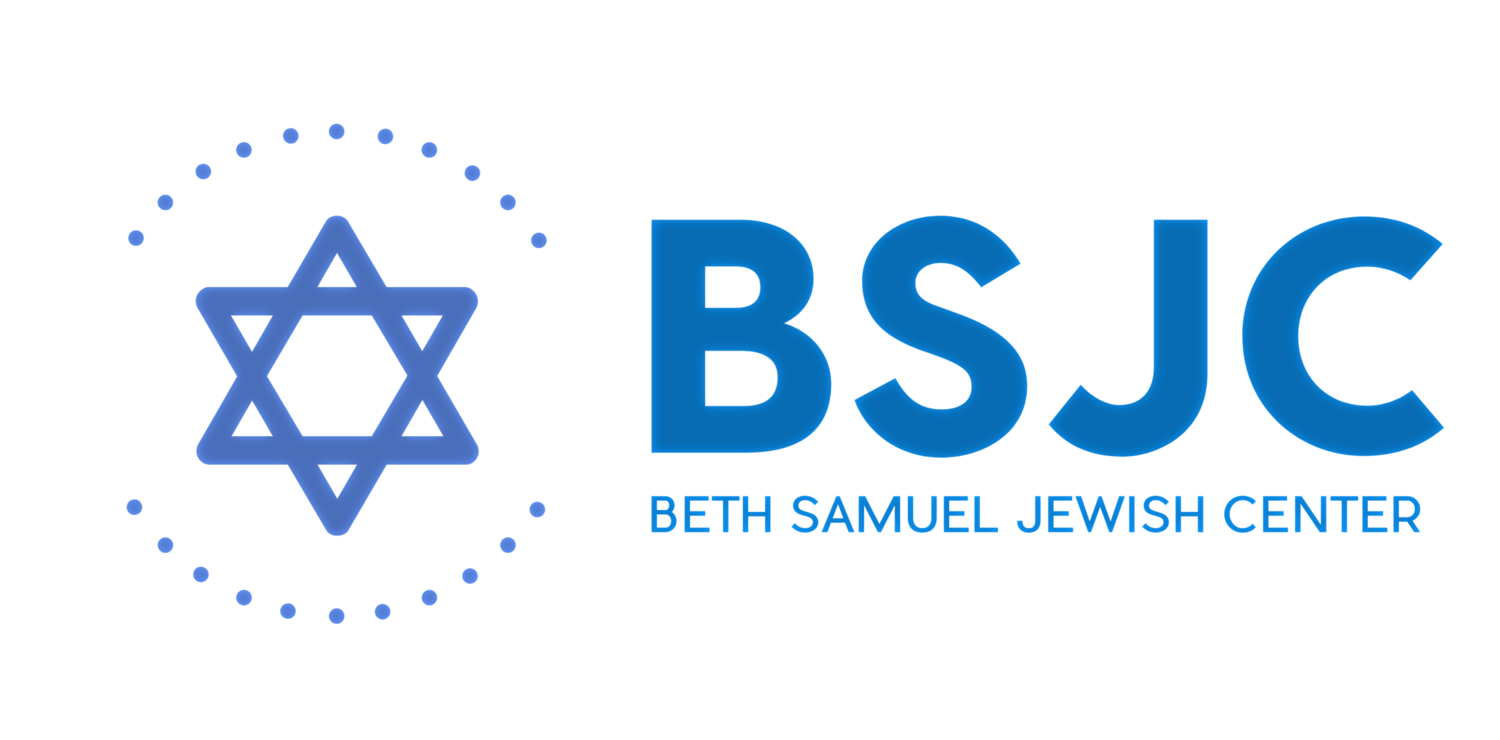Celebrating Israel at 75 (May 2023)
/(May 2, 2023) We are in the Hebrew month of Iyar and that brings several special days for Israel and for us. Last week we observed Yom Hazikaron, the day of remembrance in Israel to commemorate all of the soldiers and people who lost their lives during the struggle to defend the State of Israel. It was a solemn day marked by moments of silence and ceremonies.
This was followed the next day by Yom Ha’atzma’ut, commemorating the signing of the Declaration of Independence in 1948. Israel celebrated with concerts, picnics, fireworks and more. And so, we go from remembering to joyously celebrating.
Since this is Israel’s 75th year, we mark this moment in a special way, as we do for all milestone anniversaries. All over there are programs, concerts, and presentations of all sorts. Here at Beth Samuel we are observing this anniversary, too. In March, Cantor Dr. Janet Roth beautifully presented our first program on the Seven Species of the Land of Israel in words and song.
Tomorrow night is our second program, May 3 at 7PM on Zoom, as we welcome back Rahel Musleah, who will describe one family’s journey from India to Israel. She is a delightful storyteller, singer, writer, and educator and this program has received accolades and high praise from literally around the world! We are so grateful to Rahel for fitting us into her hectic professional and travel schedule. I’m sure you will be enlightened with her presentation.
Later this month we will welcome the IDF veterans for a Shabbat evening sponsored by Barb and Sandy Zell. What a fitting continuation of honoring Israel. Check your E-News for details and celebrate Israel at 75 with us!
B’shalom,
Cantor Rena

